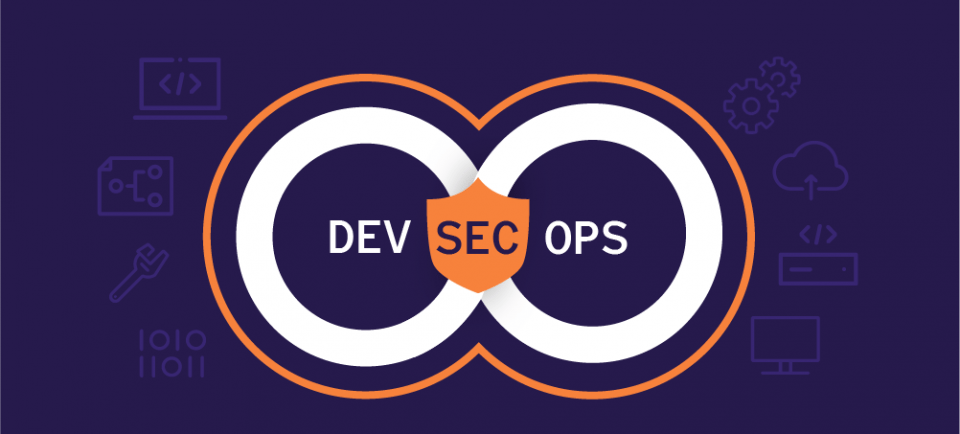DevSecOps: Integrating Security into the Heart of IT Innovation
In an era where the rate of cyber-attacks is escalating, and the methods used by cybercriminals are increasingly sophisticated, businesses must rethink their approach to security. Traditional development and operations (DevOps) frameworks have brought agility and speed to software deployment, but often at the expense of security. Enter DevSecOps—a philosophy that integrates security at every phase of the software development lifecycle, ensuring that it’s not just an afterthought but a foundational element.
TECHNICAL BLOGDEVSECOPS
Manish Soni
11/6/20232 min read


Understanding DevSecOps
DevSecOps stands for development, security, and operations. It’s an approach to culture, automation, and platform design that integrates security as a shared responsibility throughout the entire IT lifecycle. The idea is not to slow down operations but to build a security framework that enables speed through automated security checks, rather than hindering it.
The Need for DevSecOps in Industry
1. Ever-Evolving Security Threats
Cyber threats are becoming more complex and pervasive. The traditional model of applying security in the final stages of development is not sufficient to counteract these threats. DevSecOps introduces security early in the application lifecycle, making it easier to address vulnerabilities and compliance issues in real-time.
2. Compliance Requirements
Industries today are subject to various regulatory standards like GDPR, HIPAA, and PCI DSS. DevSecOps automates compliance policies and monitoring, thereby reducing the risk of non-compliance and the penalties associated with it.
3. Cost Reduction
Identifying and addressing security issues early in the development process significantly reduces the costs associated with late-stage fixes, not to mention the potential costs of security breaches, which can include regulatory fines, litigation, and loss of customer trust.
4. Increased Speed and Agility
Businesses must innovate quickly to stay competitive. DevSecOps automates and integrates security processes, making them faster and more efficient. This enables teams to release secure software without compromising on speed.
5. Improved Collaboration and Ownership
DevSecOps fosters a culture where security is everyone's responsibility, not just that of the security team. This improves collaboration between developers, operations, and security teams, leading to better outcomes.
Implementing DevSecOps
Transitioning to a DevSecOps model can be challenging, but the benefits far outweigh the difficulties. Here’s how organizations can implement DevSecOps:
1. Cultural Shift
Organizations must promote a culture shift that breaks down silos between departments. This requires training and educating all stakeholders about the importance of security in the development lifecycle.
2. Incorporate Security from the Start
Security must be integrated from the beginning of the development process. This includes involving security teams in the design and planning stages and ensuring that security requirements are part of the user story.
3. Automation
Automate security wherever possible. This includes static and dynamic code analysis, compliance monitoring, threat hunting, and incident response. Automation helps to enforce security consistently and efficiently.
4. Continuous Monitoring and Feedback
Continuous monitoring of applications in production is essential. This real-time data must be fed back into the development process, enabling continuous improvement of both security and the products themselves.
5. Tool Integration
Utilize tools that integrate with the existing CI/CD pipeline to streamline security checks without disrupting development workflows.
Challenges of DevSecOps
While DevSecOps is transformative, it's not without its hurdles. It can be difficult to find the right balance between speed and security. Moreover, integrating security tools into existing workflows can be complex. Teams may also struggle with the learning curve associated with new tools and processes.
Conclusion
In conclusion, DevSecOps is not just a buzzword—it’s a necessary evolution in the way we approach software development in the face of growing cyber threats. By embedding security into the DNA of application development, organizations can achieve a proactive and preemptive security posture. It requires a shift in culture, process, and technology, but the result is a more resilient, efficient, and secure operational model. As industries continue to digitize, the need for DevSecOps will only grow, making it an essential strategy for any organization that prioritizes security in its IT infrastructure.
